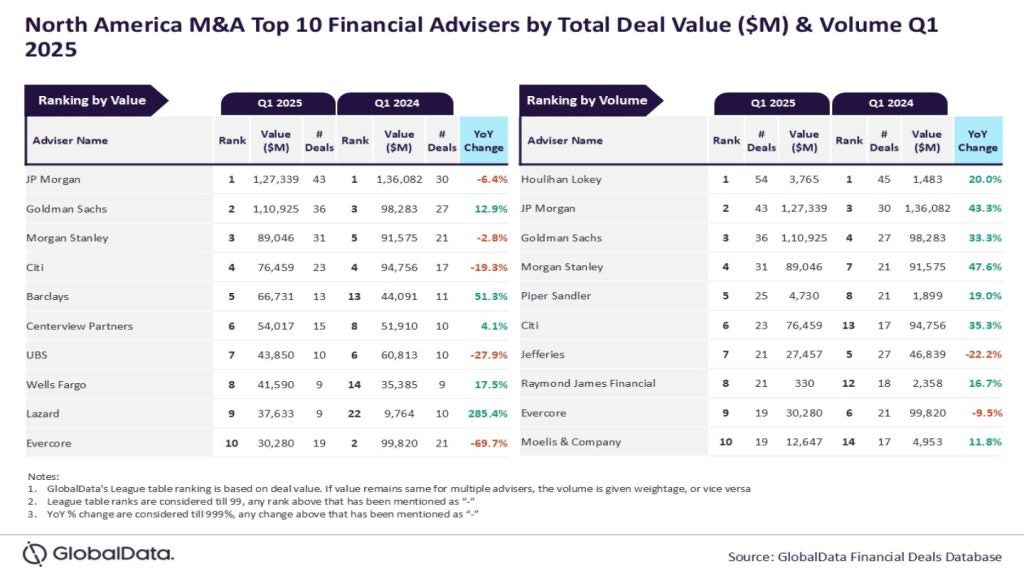
From Underdog to Frontrunner: The Rise of Transaction Banking
A new era of transaction banking has dawned upon the banking sector. Mohamed Dabo reports
Out goes the would-be masters of the universe, in comes banking for the real economy.
As politicians and regulators put the squeeze on banking risk, and as banks continue to redefine their mission, so a new banking term has come into vogue: transaction banking.
Transaction banking – also known as transactional banking – can be defined as the set of instruments and services that a bank offers to trading partners to financially support their reciprocal exchanges of goods (e.g. trade), monetary flows (e.g. cash) or commercial papers (e.g. exchanges).
In other words, it is the side of banking that addresses the operational needs and day-to-day transactions of business, corporate, and institutional customers.
It also provides cash management services where the short-term management of a company’s liquidity is a key, using instruments and services designed for the management of incoming and outgoing cash flows, international commerce, and asset management.
Transaction banking allows banks to maintain close relationship with their corporate clients, so banks don’t want to be disintermediated by other players.
Global transaction banking is not the kind of business to generates headlines or draws attention to itself. Over a long period, it has been seen as the workhorse of the banking world – a reliable performer that quietly goes about its business.
A recent report by PricewaterhouseCoopers (pwc) describes transaction banking as “one of the rising stars of the financial services industry.”
What follows are excerpts from the study.
The evolving concept of transaction banking
Transaction banking businesses, which have historically been focused on payments and cash management, now often include trade-related services, securities processing and fund services.
In the next two to three years and as understanding of transaction banking improves, it will become normal for analysts to focus on transaction banking business when reviewing large financial institutions.
The leading international banks will meet those expectations in both organisation and reporting terms, which will be to the ultimate benefit of their shareholders, customers, and staff.
Are you leveraging this opportunity and making yourself part of a potential good news story? How high will the transaction banking star rise and how bright will it shine?
That depends in part on the depth and malignancy of the stresses that are currently affecting the financial markets.
At the time of writing, the record interim results statements of 2007 have been replaced by record swings in 2008.
Against this backdrop, the businesses of transaction banking, trade finance and securities settlement look a lot more attractive to investors and banking CEOs than they would have done two to three years ago.

- Year-on-year growth patterns in volumes and values
- Attractive performance results
- The value of core banking relationships
- Clear alignment with traditional brand values
A chance to break the mould
However, the differing genealogy of these components often results in an unwieldy mix of concentrated and fragmented operational markets.
The differing components also tend to serve several important customer segments, including retail consumers, financial institutions and corporate bodies.
For example, cash management is a highly fragmented business in which many banks compete and where there do not tend to be any obviously dominant banks or groups of banks.
In contrast, the custody market is dominated by three or four global players. This means that the way in which different transaction banking components have to compete, and therefore their formulas for success, can be quite different.
During the late 1990s and early 2000s, many banks sought to address the inherent inefficiencies that resulted from this history by creating strategic business units.
These were supported by shared service centre models, used more ambitious sourcing strategies and often involved deploying more technology to the issues.
However, few of these strategies addressed the internal payments infrastructures on which the businesses in question were based, and fewer still addressed the actual business architectures that the infrastructure existed to serve.
Too often banks’ internal transaction processing capabilities are treated as cost centres and financed by complex internal charging structures.
Typically, they are also independent of product development and revenue-earning responsibilities.
In short they are not run as a business, but as a utility, which can be seen in functional organisational structures as opposed to business line or market structures with common components.
For many this has resulted in:
- Constrained research and development
- Infrastructures that are difficult and expensive to adapt
- Processes that inhibit regular infrastructure investment
- Change agendas that are dominated by compliance expenditure
- Scaled down, delayed or ‘cool-boxed’ commercial strategies
- High levels of customer complaint and operational incident
If it is indeed to be a business in its own right, a transaction banking business needs to have a revenue stream.
Where this is not already the case, this will normally involve a restructuring of existing business lines in order to reallocate appropriate revenue-generating activities into the new transaction banking business line.
This may look like ‘robbing Peter to pay Paul’, but the potential for improved performance means this is a price worth paying.
Treating transaction banking as a business offers the prospect of better alignment of revenue, cost and investment. In short, a new way of doing old business.
Stay ahead of the pack – go global
They can see an opportunity to exploit this asset and are now working hard to leverage it. Others are content to ape the business activities of competitors, and to set their aspirations according to relative performance measures.
The key questions for management should be whether their chosen strategies:
- Are sufficient to break away from the pack?
- Are likely to maximise total shareholder return in the long run?
- Are going to expose the organisation to business risk in the real economy?
Even for institutions based in the heavily regulated economies of the northern hemisphere, there are ways for some players to get ahead of the pack.
To achieve optimal growth in transaction banking, financial institutions need to hitch their cart to the world’s fastest growing economies.
It is time to look abroad.







